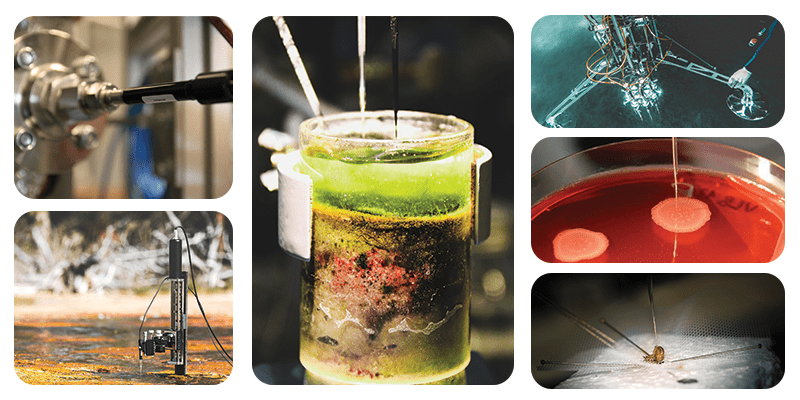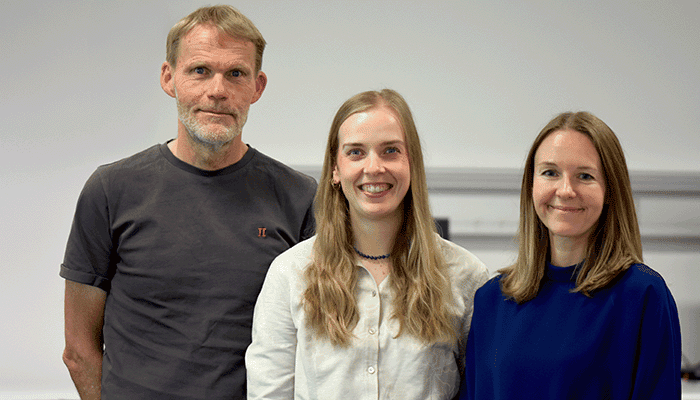Online Microsensor Workshop
During the workshop, you could follow 7 lectures and demonstrations to provide you with everything you need to know for successful microsensor measurements. You can find the recordings on this page.
We hope you enjoy the lectures. If you have any feedback, you can get in touch at sales@unisense.com.

Welcome to the Online Microsensor Workshop
You also get an overview of the Online Microsensor Workshop program.

Microsensor Theory, Design, and Application
You will learn about the basic measuring principles behind the different microsensor types.
We also discuss what to consider when you plan your microsensor measurements, and you will learn how to choose the right sensor type and tip size for different applications.
In conclusion, we look into the physical and chemical influence on the measurements and calibrations.

How to Use Microsensors in Biogeochemistry and Microbial Ecology
This includes what you need to consider when you make a microprofiling setup for measuring in e.g. sediments or microbial mats, the importance of steady state, and laboratory vs. in situ measurements.
We also show you how you can use Unisense sensors for water column measurements and discuss the general use of microsensors incl. calibration and temperature compensation.
The lecture contains published examples of how researchers have used the sensors and a discussion of the measurements they made.

How to Use Microsensors in Microbiology, Biomedical Sciences, and Renewable Energy Research
In this lecture, Dr. Line Daugaard, Product Manager at Unisense, shows you how to set up microsensor experiments and explores examples of microsensor applications in microbiology, biomedical sciences and within renewable energy applications. This includes measurements in biofilms, cultures, animal tissues, reactors, photoelectrochemical cells and more.

Demonstration of the MicroRespiration System
Dr. Line Daugaard, Product Manager at Unisense, gives you a brief introduction to the components of the MicroRespiration System followed by a live demonstration of setting up the MicroRespiration System, calibrating the MR sensor and recording rates with SensorTrace software.
In 2025, we launched uSense Solutions to replace SensorTrace Suite. These features are also available in the new uSense Rate.

Demonstration of the MicroProfiling System

Profile Analysis - Calculation of Production and Consumption Rates from Microprofiles
Dr. Tage Dalsgaard, Application Scientist at Unisense, shows you how to calculate the total production and consumption rates as well as the distribution of these from the curvature of a microprofile.
The Profiling software, which is part of our SensorTrace Suite, has a built-in microprofile analysis tool which can do this simply and easily.
In this lecture, we show you how to use the software. We also discuss the theory and assumptions behind these analyses.
In 2025, we launched uSense Solutions to replace SensorTrace Suite. These features are also available in the new uSense Profile.

Send a message to Line, Maiken, and Tage. They will answer within one workday.
If we are online and available to chat, you can also click the green icon to the right.
